1933-1945
The Holocaust refers to the persecution and near destruction of European Jewry from 1933 to 1945. The term Holocaust derives from the Greek words holos (completely) and kaustos (burnt). During the Holocaust, 6 million Jews were murdered by the German Nazi regime and its allies and collaborators.
When the Nazis came into power, they expelled Jews from public life, the economy, and education. These actions were based on the belief of superiority of the German “race” and the inferiority of Jews and other groups such as Roma and Sinti, and some Slavic groups. Nazi propaganda targeted Jews as enemies responsible for the decline in the economic and social conditions in Germany after the First World War. The Nazi’s “Final Solution” to the so-called “Jewish Problem” resulted in the industrialization of the murder of Jews. The identification, isolation, ghettoization, deportation to transit, labour and death camps, and finally the murder was part of the plan, resulting in the near destruction of European Jewry.
Although Jews were the main target of the Nazis, they also murdered more than 200,000 Roma and Sinti, 200,000 disabled people, a million political dissidents, two to three million Soviet prisoners of war, and between 5,000 to 15,000 “Homosexuals.”
